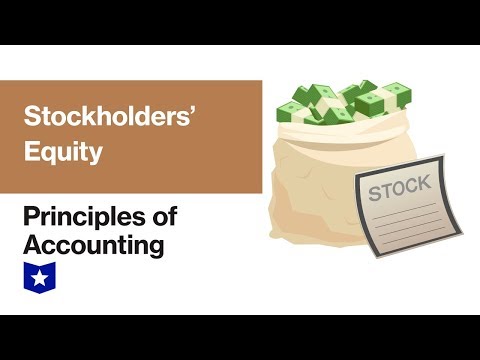Content

A stated annual interest rate is the return on an investment that is expressed as a per-year percentage. When banks are charging interest, the stated interest rate is used instead of the effective annual interest rate. This is done to make consumers believe that they are paying a lower interest rate. Annual Percentage Rate is the interest plus additional fees, stated as a percentage.
- Notice how this rate is higher when we have more frequent compounding.
- However, that rate does not take into account the effect of compounding, i.e. having multiple interest payments per year.
- EAR is the interest rate that factors in compounding interest over a given amount of time.
- One notable example of this is with Canadian mortgages, which by law are allowed a maximum of semi-annual compounding, but often have monthly payments.
- Though broadly used across the financial sector, there are several downsides of EAR.
For this reason, it’s sometimes also called the “quoted” or “advertised” interest rate. In case of the mutual fund, the number of compounding periods per year is 1, while in the case of P2P lending, it is monthly compounding, hence there are 12 compounding periods. The effective annual rate is important to understand in finance and commercial real estate.
What is Effective Annual Rate?
In this context, the EAR may be used as opposed to the nominal rate when communicate rates in an attempt to lure business of transactions. For example, if a bank offers a nominal interest rate of 5% per year on a savings account, and compounds interest monthly, the effective annual interest rate will be higher than https://kelleysbookkeeping.com/ 5%. Therefore, the bank should consider promoting the account at the EAR because that rate will appear higher. For investors, EAR or APY can help you analyze your actual return on an investment like a CD. Let’s say that you buy a one-year CD with a 3% annual interest rate, compounded monthly (0.25% per month).
Using our compounding formula, we can calculate the effective APR to be 3.04%, or slightly higher than the advertised rate. An effective annual interest rate is the real return on a savings account or any interest-paying investment when the effects of compounding over time are taken into account. It also reflects the real percentage rate owed in interest on a loan, a credit card, or any other debt. Effective annual rate , otherwise known as the effective annual interest rate is the actual percent interest that a borrower pays on their loan or that an investor earns on their investment.
How to Calculate The Effective Annual Rate
Though a given individual may truly earn at the EAR, their true return may be reduced by 20% or higher based on what individual tax bracket they reside in. That’s why the effective annual interest rate is an important financial concept to understand. You can compare various offers accurately only if you know the effective annual interest rate of each one. While APR is a more accurate estimation of the total cost of a loan than the nominal interest rate, it is limited because it only considers a simple interest rate. Hope this help raymondg could somebody please explain for the BAII I cannot get the answer uhupong raymondg, just look at second method. Peteypete if you have an education, you don’t need to use the special functions on the calculator.
What is the effective annual rate formula?
The formula and calculations are as follows: Effective annual interest rate = (1 + (nominal rate ÷ number of compounding periods)) ^ (number of compounding periods) – 1.
To illustrate this point, consider the example above where the investment pays nominal interest of 6%. The calculations below show the difference between the nominal rate of 6% and the Effective Annual Rate should it be compounded monthly or quarterly. The primary difference between the effective annual interest rate and a nominal interest rate is the compounding periods. The nominal interest rate is the stated interest rate that does not take into account the effects of compounding interest .
How Credit Card Companies May Take Advantage
This will be the highest effective annual rate in the example because it is compounded over the most periods. As you can see, the EAR for investment D is higher even though the nominal interest rate is less than that of investment C. A $10M investment in investment D will Effective Annual Rate Ear produce a return of $177,970 more than the same amount in investment C at a higher nominal interest rate. EAR is the right tool to assess the real returns between two interest-paying instruments. As explained above, EAR accounts for the impact of compounding interest.
What is the effective annual rate EAR and what is its purpose?
The effective annual interest rate (EAR) is an interest rate that reflects the real-world rate of return on an investment or savings account, as well as the true rate that you owe on a loan or a credit card. The EAR incorporates the impact of compounding interest over time.
Read our editorial process to learn more about how we fact-check and keep our content accurate, reliable, and trustworthy. Let’s assume for this example the overnight interest rate quoted for USD is 5.11% . Let’s assume for this example that the overnight interest rate quoted for GBP is 5.11%. The rest of the total of 12.68% is the additional amount due to compounding – interest on interest. The rest of the total of 67.8% is the additional amount due to compounding – interest on interest. Interest is payable on a borrowing at a rate of 1% per week, compounded once per week.

